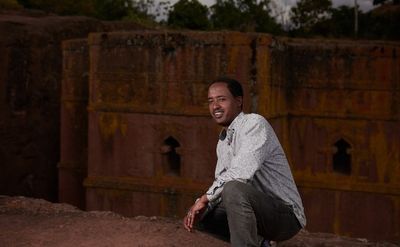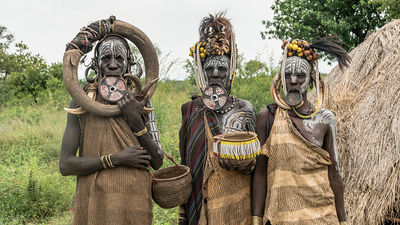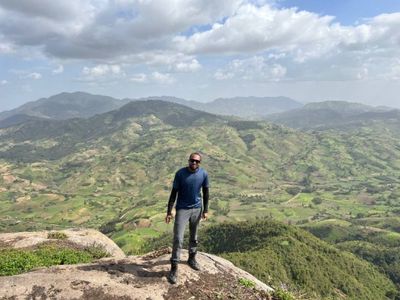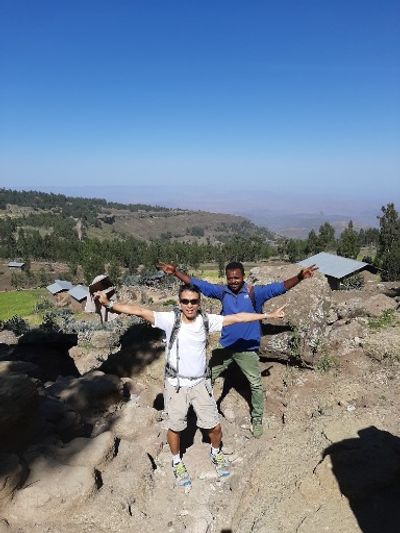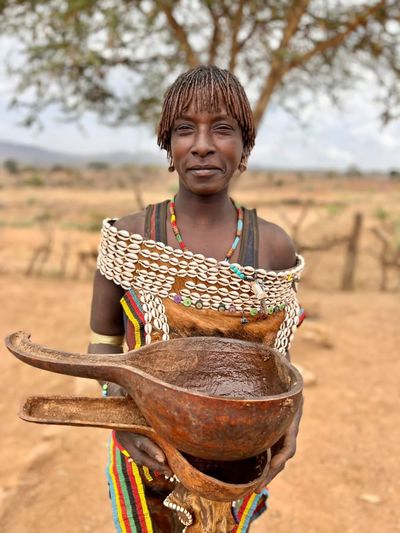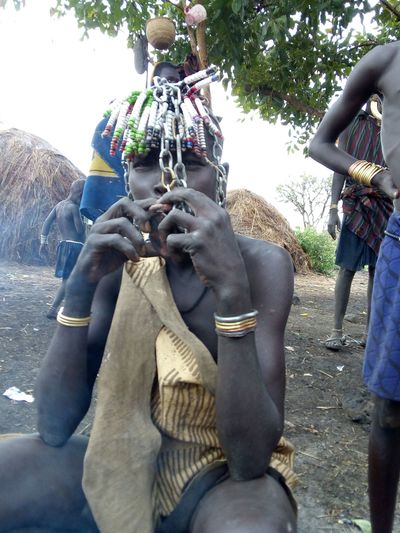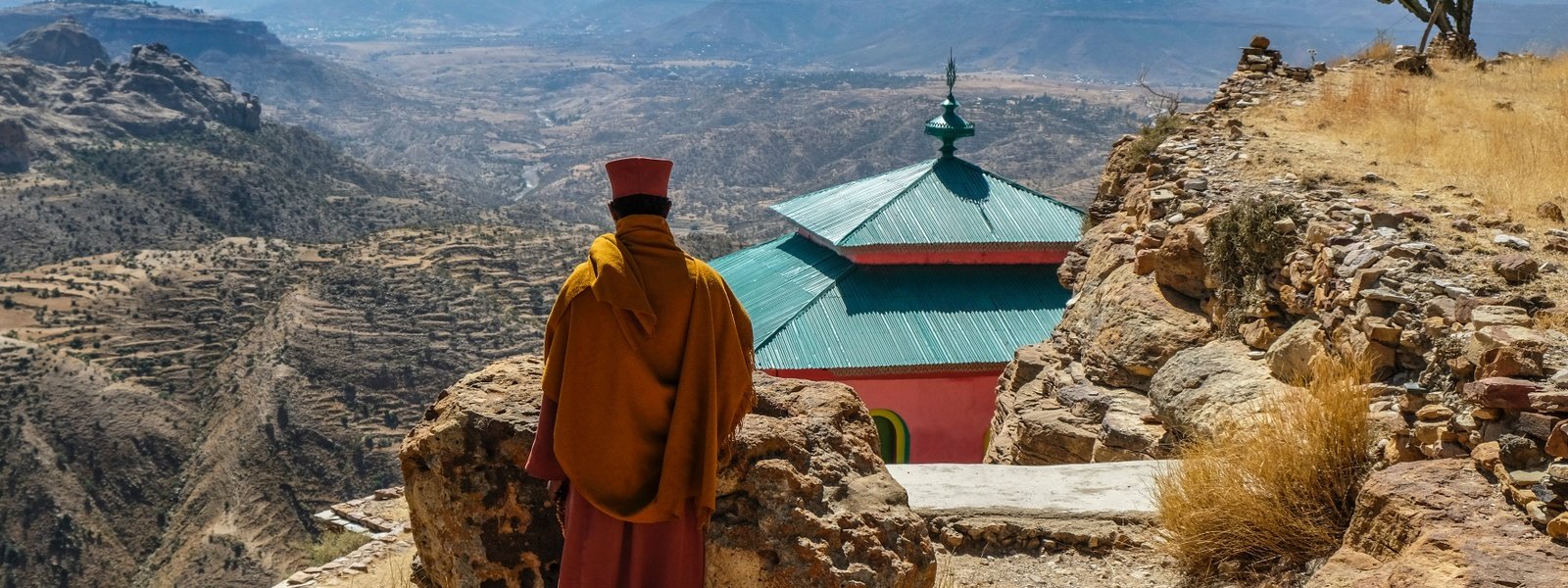
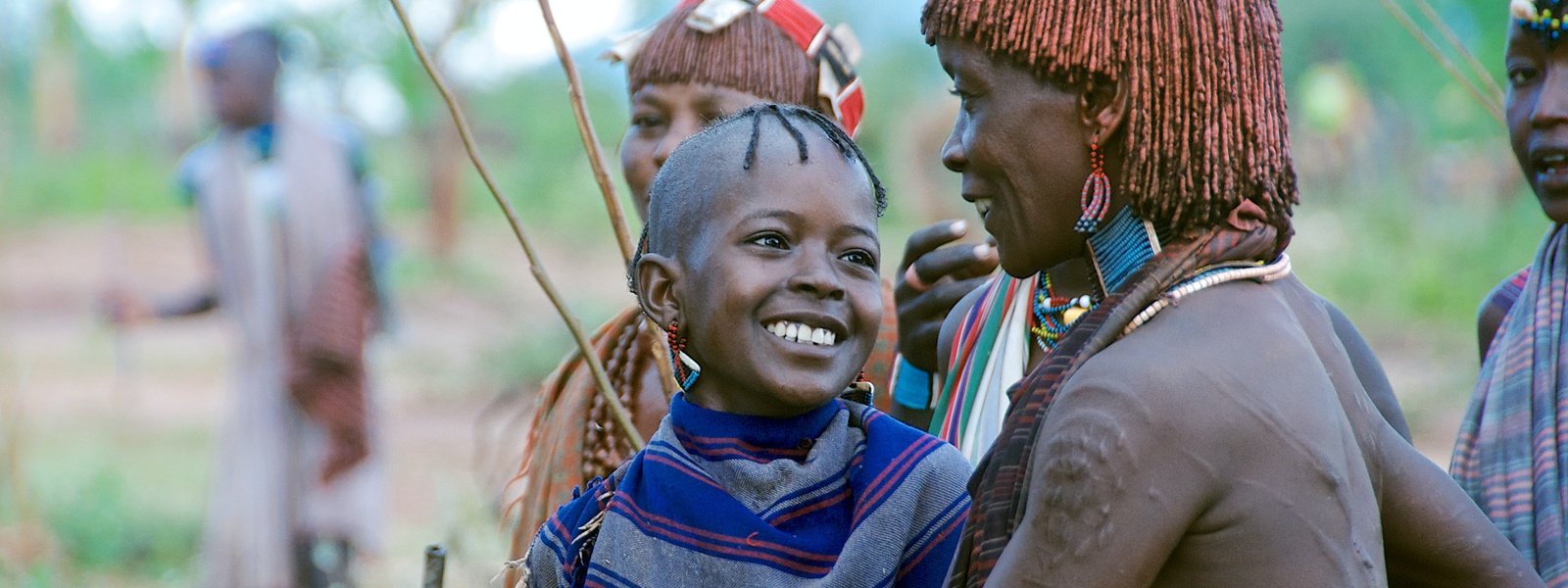
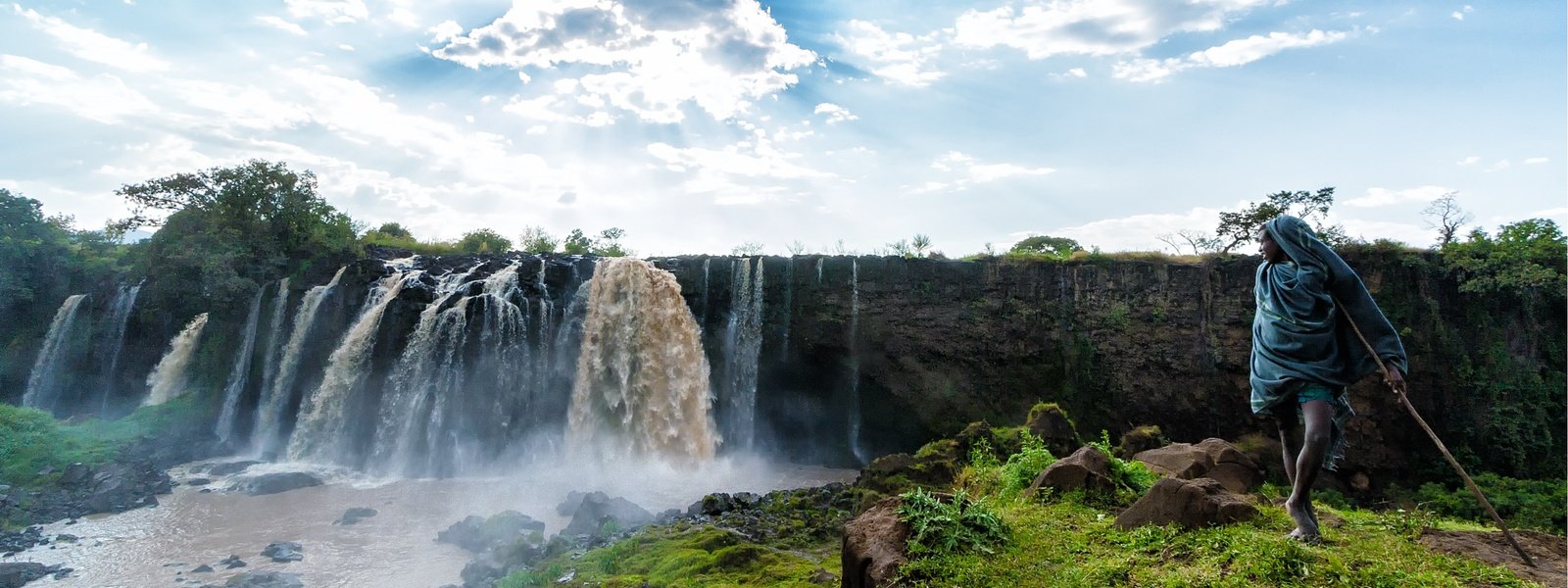
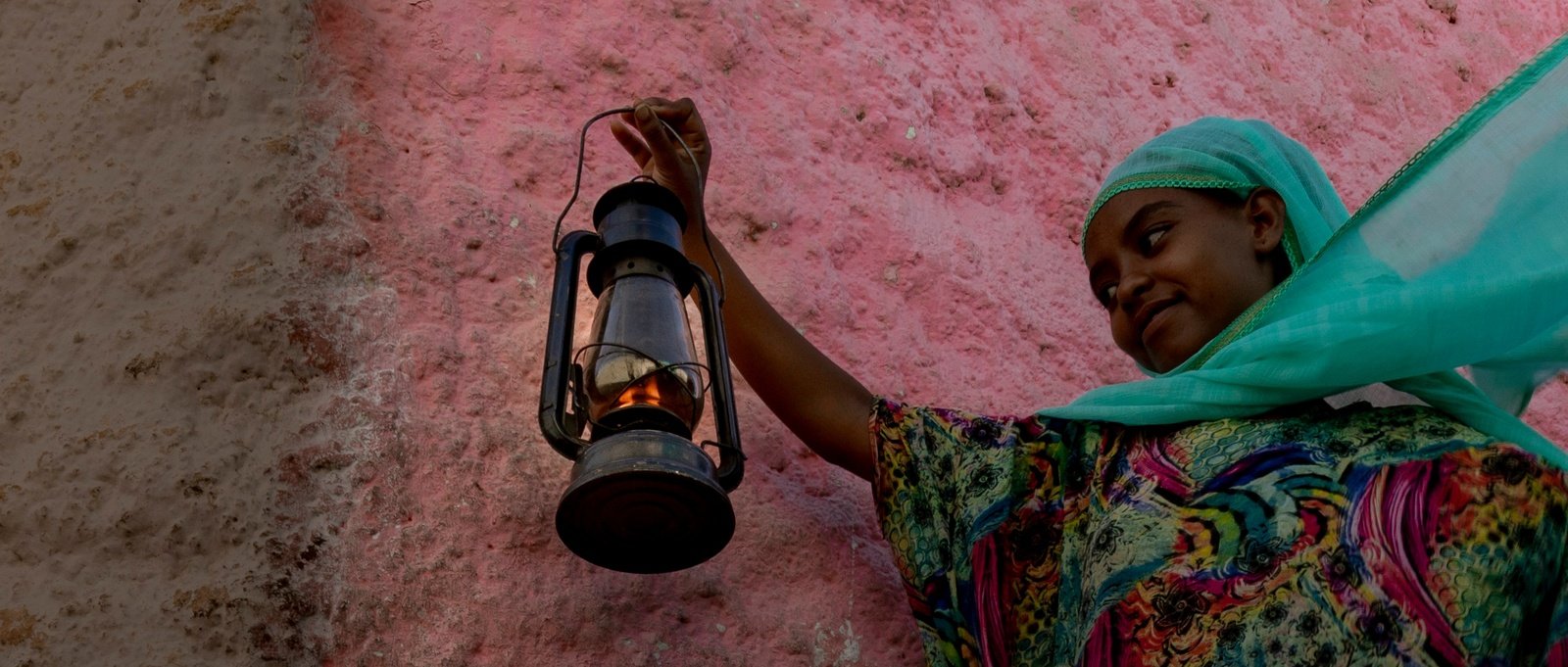
Ethiopia
Danakil Depression: "The Cradle of Humanity"
Danakil Depression, an incredible natural wonder, is the hottest place on Earth, characterized by lava lakes and colorful hot springs, where one can have a feeling of exploring Planet Mars!
Camel-caravan carrying salt at Danakil Depression, Photograph: Daniele Levis Pelusi/Unsplash
The Danakil Depression is a geological depression that has resulted from the divergence of three tectonic plates in the Horn of Africa. It is a vast plain that is located in the Afar region, on the Northeastern part of Ethiopia, near the Eritrean border on an area of around 200 by 50 kms.
Mars-like scenery at Danakil Depression, Photograph: Marco Torazzina/Pixabay
Situated around 125 meters below sea level, the depression is considered one of the lowest places on Earth. Furthermore, it is the hottest place on Earth, in terms of year-round average temperatures, and one of the driest, thanks to the fact that it has to survive without rain for most of the year. Despite the cruel climate conditions, against all odds, there are some Afar people living in the region mainly engaged in salt-mining, traveling long hours by camel-caravan to extract the region's “white - gold”.
Salt Harvesting at Danakil Depression, Photograph: Lesly Derksen/Unsplash
The area looks like a magical place with acid pools, salt mountains, sulfurous hot springs, and geysers. The most picturesque attractions at this magical place are the sulfurous springs, or hot springs. The sulfur springs of Dallol are particularly breathtaking with shades of neon green, yellow, orange, red, and blue that are emerging from the rocky and salty terrain.
Sulfurous springs at Danakil Depression, Photograph: Daniele Levis Pelusi/Unsplash
The area also contains two volcanoes, Mount Ayalu is the oldest, located in the Western part. The other one is the Erta Ale, the “Smokey Mountain”, a continuously active basaltic shield volcano, often described as the “Gateway to Hell”. The volcano is home to one, or sometimes even two active lava lakes (which are very rare, only 8 exist in the world), one of which is the Earth’s longest-existing lava lake, that has been active since the early 20th century.
Erta Ale, a continuously active volcano, with the longest-existing lava lake on Earth, Photograph: Marc Szeglat/Unsplash
Lake Karum (also known as Lake Assale) and Lake Afar are two colorful salt lakes near the volcanos. They are the main places visited by the camel-caravans for salt-extraction. The colorful green-blue water of Lake Karum is coming to the surface through the holes in the salt flat, providing a very beautiful contrast.
Lake Karum, a salt lake at Danakil Depression, Photograph: Lesly Derksen/Unsplash
Besides that the Danakil Depression is interesting for travelers, the area has attracted a lot of scientists as well. The wet environments and hot springs are being investigated in order to figure out whether life could arise beyond Earth. If microbes can live in this hostile environment, then they could possibly survive on other planets (especially on Mars) as well. Moreover, according to some paleontologists, it is where the first species evolved, that is why Danakil is often referred to as the “Cradle of Humanity”.
Dallol springs at Danakil Depression, Photograph: Jorge Tung/Unsplash
Danakil has the scenery like being in a science fiction movie, that is why it is often described as an alien land, or like planet Mars. Visiting Danakil is an extraordinary experience that shouldn’t be missed out when someone is in Ethiopia!
Camel-caravan at sunset at Danakil Depression, Photograph: Trevor Cole/Unsplash


